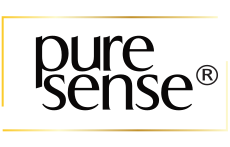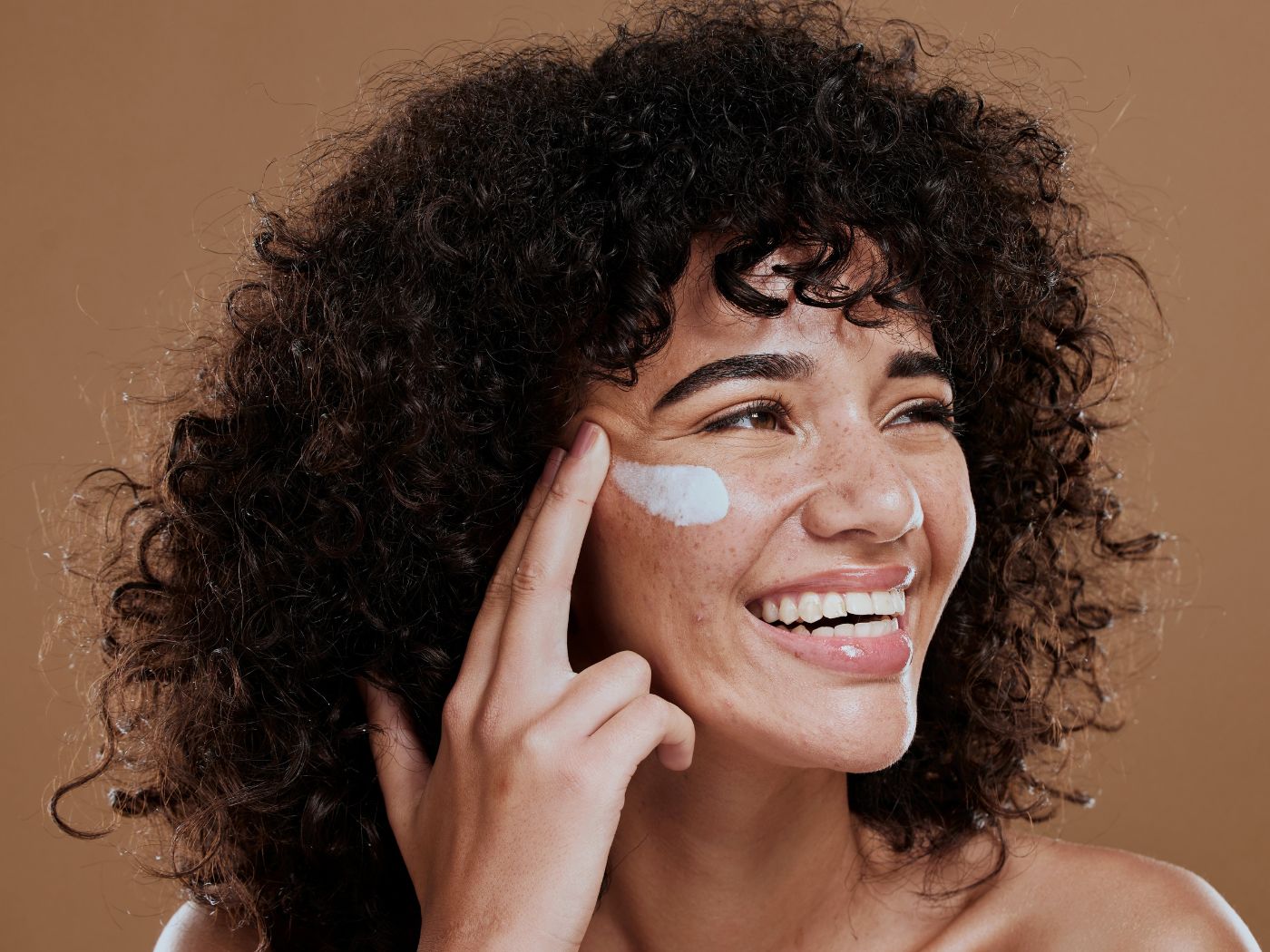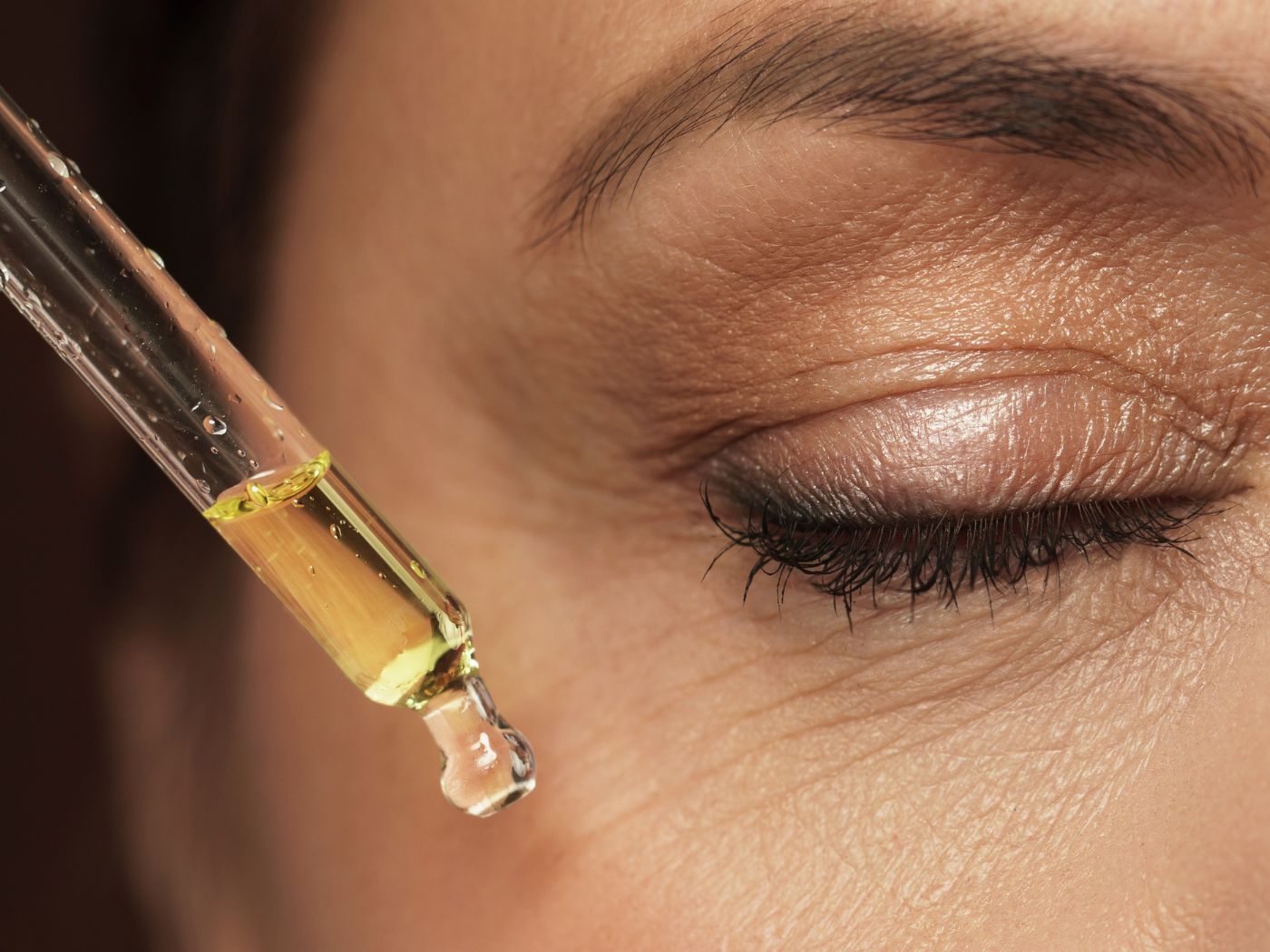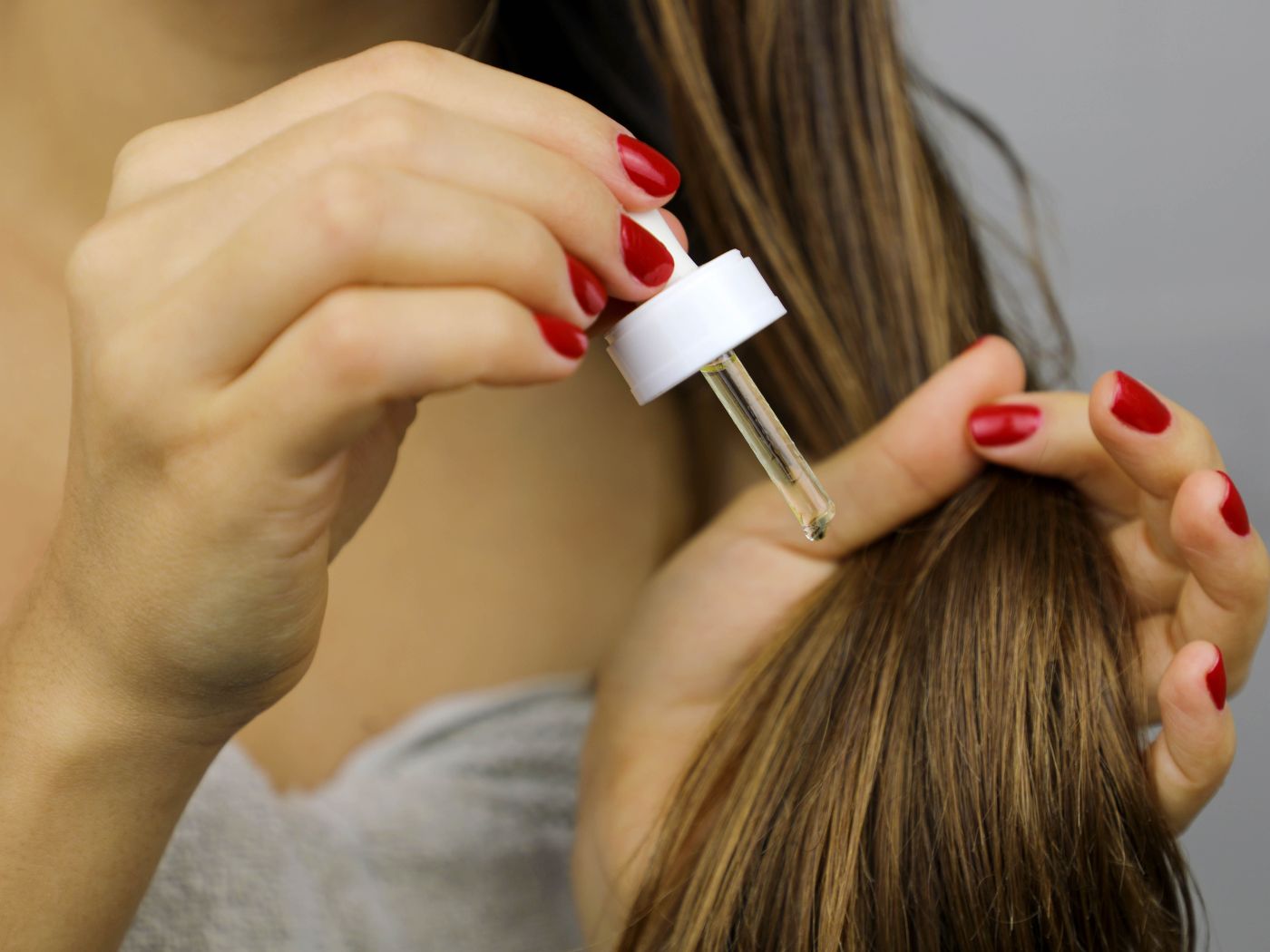While there are several manufactured skincare products available in the market, not all of them can cater to your personal skin needs. While certain natural skincare products are good for your skin and do not cause any complications, you can also try to make homemade products. For instance, you can try to make homemade sunscreen using natural ingredients. Today, we will take a look at how to make sunscreen at home naturally. Let’s get right into it, shall we?
What is Sunscreen?

Sunscreen, also known as sunblock or sunscreen, is a lotion, spray, gel, or other topical product that helps protect the skin from the harmful effects of the sun's ultraviolet (UV) radiation. Sunscreens work by absorbing, reflecting, or scattering UV radiation, which can cause sunburn, premature ageing, and skin cancer.
Sunscreen typically contains a combination of organic and inorganic compounds, including active ingredients such as oxybenzone, avobenzone, and octinoxate, that help block UV radiation. They may also contain moisturising agents, antioxidants, and other ingredients to help soothe and protect the skin.
It is important to use sunscreen regularly, especially when spending time outdoors, to help prevent skin damage and reduce the risk of skin cancer. The American Academy of Dermatology recommends using a broad-spectrum sunscreen with an SPF of 30 or higher, and reapplying every two hours or after swimming or sweating.
There are several benefits of using sunscreen to protect your skin from the harmful effects of UV radiation, including:
- Reduces the risk of skin cancer: Prolonged exposure to UV radiation from the sun is a leading cause of skin cancer. Using sunscreen regularly can help reduce your risk of developing skin cancer by blocking the harmful UV rays that can damage your skin.
- Prevents sunburn: Sunburn is a common and painful side effect of too much sun exposure. Sunscreens can help prevent sunburn by blocking or absorbing the UV radiation that causes it.
- Delayed signs of ageing: UV radiation can cause premature ageing of the skin, including wrinkles, fine lines, and age spots. Using sunscreen can help protect your skin from these effects and keep it looking youthful and healthy.
- Protects against hyperpigmentation: Exposure to UV radiation can also lead to hyperpigmentation or dark spots on the skin. Sunscreen can help prevent hyperpigmentation by blocking the UV rays that cause it.
- Maintains an even skin tone: Sun damage can cause uneven skin tone and discolouration. Using sunscreen regularly can help maintain an even skin tone and prevent discolouration.
- Reduces the risk of skin damage: UV radiation can damage your skin cells and lead to a range of skin conditions, including eczema, psoriasis, and rosacea. Using sunscreen can help reduce your risk of developing these conditions by protecting your skin from UV radiation.
Overall, using sunscreen is an essential part of maintaining healthy and youthful-looking skin. It can help protect your skin from a range of harmful effects caused by UV radiation and reduce your risk of developing skin cancer and other skin conditions.
How To Make Sunscreen At Home?

The most obvious benefit of making sunscreen at home is that you can know the ingredients you are using and choose them based on your skin concerns. Moreover, as there would be no chemical ingredients, you can rest assured about zero side effects. If you are interested in making natural sunscreen at home, here is a recipe for a basic DIY sunscreen:
Ingredients:
- 1/4 cup coconut oil
- 1/4 cup shea butter
- 1/4 cup beeswax
- 2 tablespoons zinc oxide powder
- Optional: a few drops of essential oils for fragrance
Instructions:
- In a double boiler or glass bowl, melt the coconut oil, shea butter, and beeswax over low heat.
- Once melted, remove from heat and stir in the zinc oxide powder until well combined.
- Optional: add a few drops of essential oils for fragrance.
- Pour the mixture into a clean, airtight container and allow it to cool and solidify before use.
Note: This recipe is not FDA-approved, and it may not provide adequate protection against UV radiation. It is also not water-resistant and should be reapplied frequently. Consult with a healthcare professional before using any homemade sunscreen.
While the above recipe can be used as a natural alternative to commercial sunscreens, there are some important factors to consider before making and using homemade sunscreen.
Firstly, it is important to note that this recipe does not have a specific SPF (sun protection factor) rating. Zinc oxide, the active ingredient in this recipe, is known to provide broad-spectrum protection against UVA and UVB rays, but the exact level of protection will depend on the concentration and distribution of zinc oxide in the mixture. This means that you may not be getting the same level of protection as a commercial sunscreen with a verified SPF rating.
Secondly, the recipe does not account for the water resistance of the sunscreen. Commercial sunscreens that claim to be water-resistant have undergone specific testing to verify their efficacy, whereas homemade sunscreens have not. This means that if you go swimming or sweat while wearing this homemade sunscreen, you may need to reapply more frequently than you would with a commercial sunscreen.
Lastly, there is a risk of not getting the zinc oxide to the right consistency or not mixing the ingredients correctly, which could result in an uneven distribution of the active ingredient. This could lead to areas of your skin being unprotected, which could result in sunburn and potential skin damage.

In summary, while homemade sunscreen may be a natural alternative to commercial sunscreens, it is important to use it with caution and understand the potential risks. It is always best to use a sunscreen that has been tested and verified for its SPF and water-resistance properties.
You can also try Pure Sense Natural Papaya Day Cream with Kakadu Plum and Moringa that comes with SPF 20 and UV protection to naturally nourish and protect your skin everyday.
Conclusion
We hope now you know everything you need to know about homemade sunscreen and how to make sunscreen at home naturally.
FAQs On How To Make Homemade Sunscreen
-
Can I use homemade sunscreen for oily skin?
While homemade sunscreen can be used for oily skin, it's important to keep in mind that not all homemade sunscreen recipes are suitable for all skin types. The ingredients used in homemade sunscreens may vary, and some may be more suitable for oily skin than others. If you have oily skin, it's important to look for recipes that contain ingredients that are lightweight, non-greasy, and won't clog your pores. Some ingredients that may work well for oily skin include:
-
Is Aloe Vera Gel a sunscreen?
While aloe vera gel can be used to soothe sunburned skin and help with skin healing, it does not provide adequate protection against the harmful effects of UV radiation from the sun. Sunscreen works by blocking or absorbing the UV radiation from the sun that can damage your skin and cause sunburn, premature ageing, and skin cancer. Aloe vera gel, on the other hand, does not have this ability to protect your skin from UV radiation.
-
What is the best homemade sunscreen?
A common ingredient in many homemade sunscreens is zinc oxide, which is known for its broad-spectrum protection against both UVA and UVB rays. Zinc oxide is a physical sunscreen ingredient that works by reflecting and scattering the UV radiation from the skin, rather than absorbing it like chemical sunscreens.







